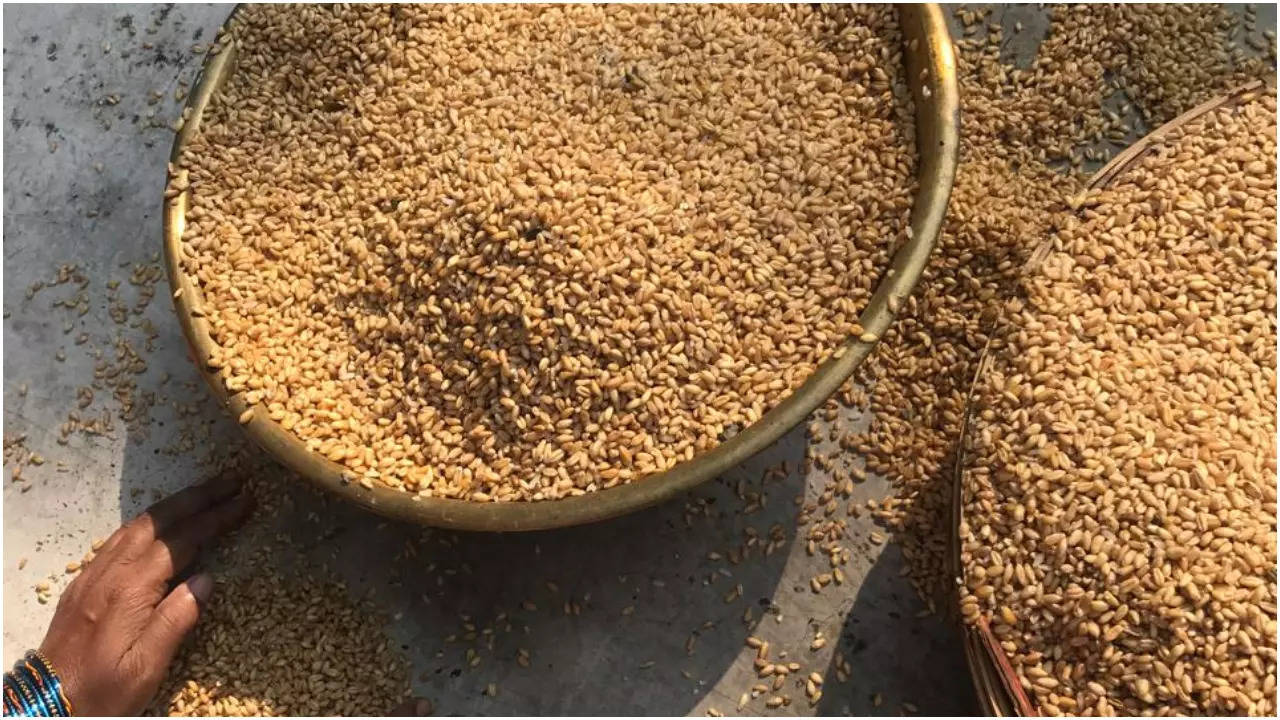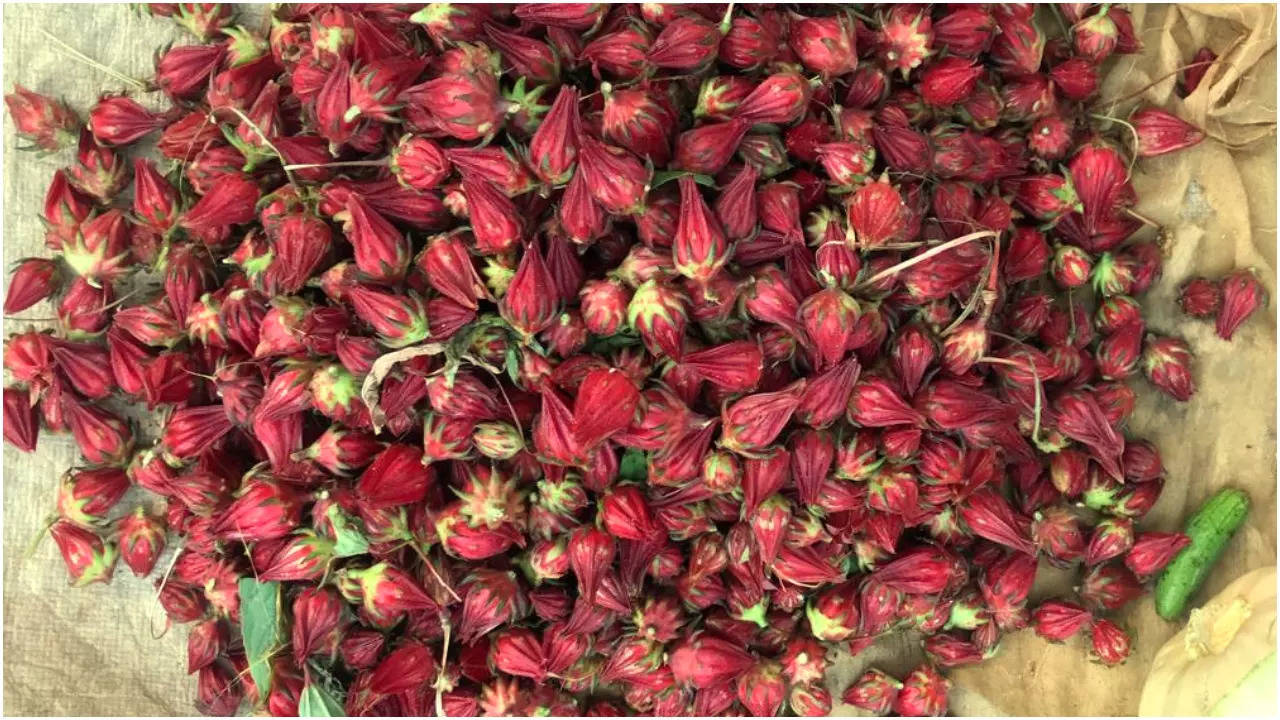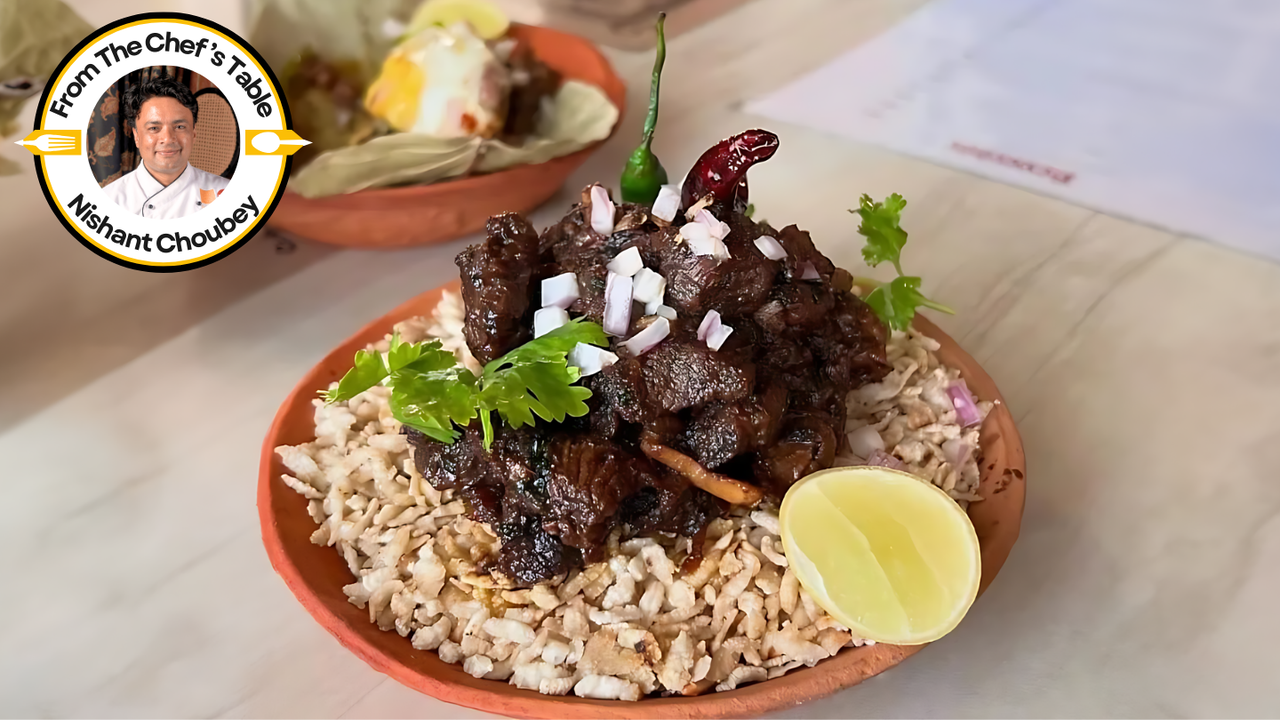Chef Nishant Choubey talks about the flavours of Jharkhand
Chef Nishant Choubeywho has no less than 20 years of culinary experience and comes from JharkhandIf you have tried his food, you will attest to his passion for innovation. Nishant focuses on sustainability and his main aim is to use seasonal produce and fresh ingredients to give his dishes that special touch.
In this episode of Chef’s Table, he talks about Jharkhand’s food, flavour, spices and more.
What inspired you to focus on Jharkhand cuisine? Can you recommend any of your favourite dishes to our readers?
I am originally from the heart of Jharkhand and speak the local language, and take great pride in appreciating some of the soul-stirring delicacies of the state like Dumbu, Katnasi, Mudal and many more. The cuisine of Jharkhand cuisine It is deeply rooted in its indigenous culture and traditions. It is home to a variety of tribal communities, each with their unique culinary practices using local and seasonal ingredients. For the Santhalis, food is medicine and everything they consume acts as prasad. Jharkhand is a perfect example of mindful eating. I am also proud as a Jharkhandi that we have not let our culture and traditions get lost. My own restaurant in Delhi is called BHAANAS, where I showcase East Indian cuisine.

How would you describe Jharkhand cuisine to someone who is not familiar with it?
Jharkhand cuisine is a reflection of its rich tribal heritage, marked by simplicity, earthiness and the use of locally sourced ingredients. They believe in conscious eating. It is rooted in tradition as Jharkhand cuisine includes dishes made from indigenous ingredients like rice, millet (GUNDLI) and more. The food is cooked using sustainable traditional methods. We focus on mMinimalist and with flavor. Mustard oil is a staple, and common condiments include garlic, ginger, green chillies and the occasional use of panch phoron (a five-spice mixture).
Unique ingredients like Rugra and phutka (types of mushrooms found in forests) and the use of wild fruits, berries and tubers add a distinctive touch to the cuisine; the essence of Jharkhand cuisine is a celebration of its natural resources, cultural traditions and a way of life closely tied to the environment.
What are your favourite traditional dishes from Jharkhand and why?
I love KATANAUSI which is offal cooked with black gram masala. As I said earlier I love dumbu and mohua rabri as a dessert. I love all kinds of green leafy vegetables as we call it saag. I like it because it is pure and one can differentiate if the same dishes are consumed elsewhere. Kathal ki subzi has a sinful taste. The suran or jimikand, arbi are amazing to taste. We call BAMBOO SHOOT Karil and make bhujiya and achar which are nice and earthy. khukri and phutka – the mushroom variety from Jharkhand contains phosphorus which is again super amazing once tempered with garlic and some mustard oil.
Jharkhand is rich in tribal cuisine. Are there any particular regional variations within tribal cuisine that you find fascinating?
Jharkhand’s tribal cuisine is getting the recognition it has long deserved. This is a much more rustic and ethnic cuisine that uses local herbs, flowers and ingredients along with simple cooking techniques like steaming in bamboo leaves and stems. When it comes to foraged food, tribal wisdom and innovation are definitely something to look for when in Jharkhand. Bored or finger millet which is used to make roti and papad a la roselle or gongura leaves to Kudrum a multi-petaled flower along with burst or beaten rice which is made from rice godaA local of the state, in tribal cooking freshness is crucial, especially for leafy greens, wild mushrooms and spices like mustard seeds or panch phoron. Fresh ingredients bring out the best flavours and textures. They also resist the temptation to add extra spices or masalas that might overshadow the simplicity of the dish. Authentic Jharkhand cuisine is all about balance and letting each ingredient shine.

Can you tell us about the role of food in Jharkhand festivals and celebrations?
Food plays a central role in Jharkhand’s festivals and celebrations as it is a symbol of community, culture and tradition. Each festival is accompanied by specific dishes that have cultural and ritualistic significance, reflecting the region’s deep connection with its land and heritage. Here’s a look at the role of food in some of the key festivals and celebrations of Jharkhand:
1. Karma Festival-
During Karma, special dishes like Dhuska (fried rice flour pancakes) and pitha Rice cakes are prepared and offered to the deities and shared among the community, symbolizing unity and gratitude for the harvest.
2. Sarhul Festival:
The festival includes a grand banquet with dishes made from freshly harvested grains, along with TADI (fermented coconut beer). The consumption of Handia is a communal activity that symbolises the bond between the villagers. The feast also includes meat dishes, which are a rarity in everyday meals, reflecting the special nature of the occasion.
3. Tusu and Raath Parab –
The festival offers a variety of rice-based delicacies such as Chilka Roti (rice flour pancakes) and Pitha. These dishes are usually prepared with jaggery and sesame, ingredients that are abundant after the harvest. The food prepared during Tusu nd raath Parab not only celebrates the bounty of the earth but also pays homage to the deities. People eat ripe jackfruit to mark the occasion.
4. Makar Sankranti:
On this day, people prepare sweets made from sesame seeds (til) and jaggery, such as Tilkut and Til Ladoo. These sweets symbolize warmth and are believed to bring prosperity and good health. Sharing these sweets among family and friends strengthens social bonds.
5. Bandana Parab –
The festival includes the decoration of the cattle and a community party where dishes such as Plot (a sweet rice cake) and Dhuska They prepare. The sharing of food during this festival reflects the close-knit nature of the community and the importance of livestock in their lives.
6. Fagun Parab (Holi)
During Holi, people prepare sweets like Gujiya (a fried cake filled with sweetened khoya) and Malpua (a sweet pancake). These delicacies are shared with friends and family, enhancing the festive spirit of the occasion. The preparation and sharing of these foods symbolizes the joy and togetherness associated with the holiday.
7. Luck:
During Sohrai, people prepare traditional delicacies like Dhuska and pithamade from freshly harvested grains. The community celebration reflects gratitude for the harvest and the joy of abundance. The festival also includes the decoration of houses and livestock, followed by a grand banquet.
Disclaimer:
The information contained in this post is for general information purposes only. We make no representations or warranties of any kind, express or implied, about the completeness, accuracy, reliability, suitability or availability with respect to the website or the information, products, services, or related graphics contained on the post for any purpose.
We respect the intellectual property rights of content creators. If you are the owner of any material featured on our website and have concerns about its use, please contact us. We are committed to addressing any copyright issues promptly and will remove any material within 2 days of receiving a request from the rightful owner.

